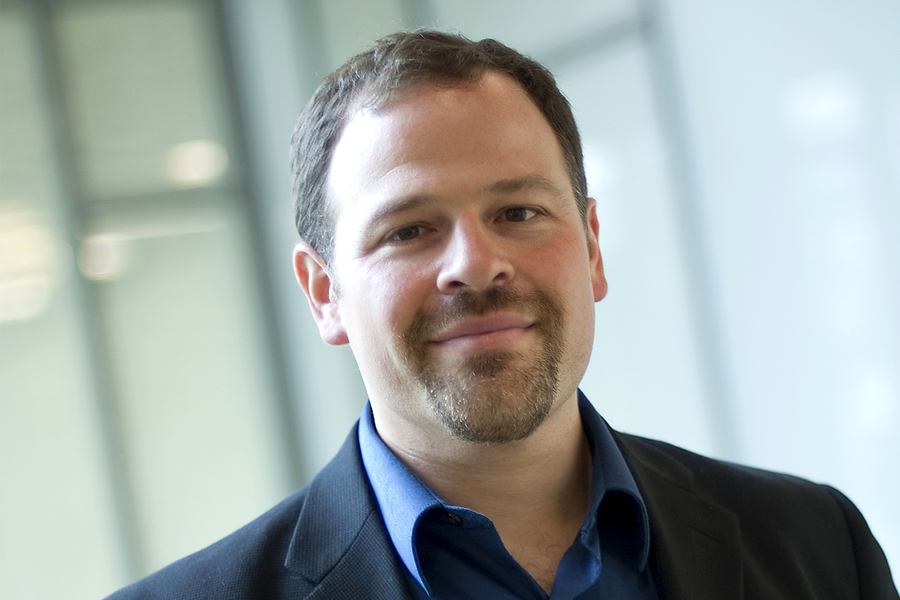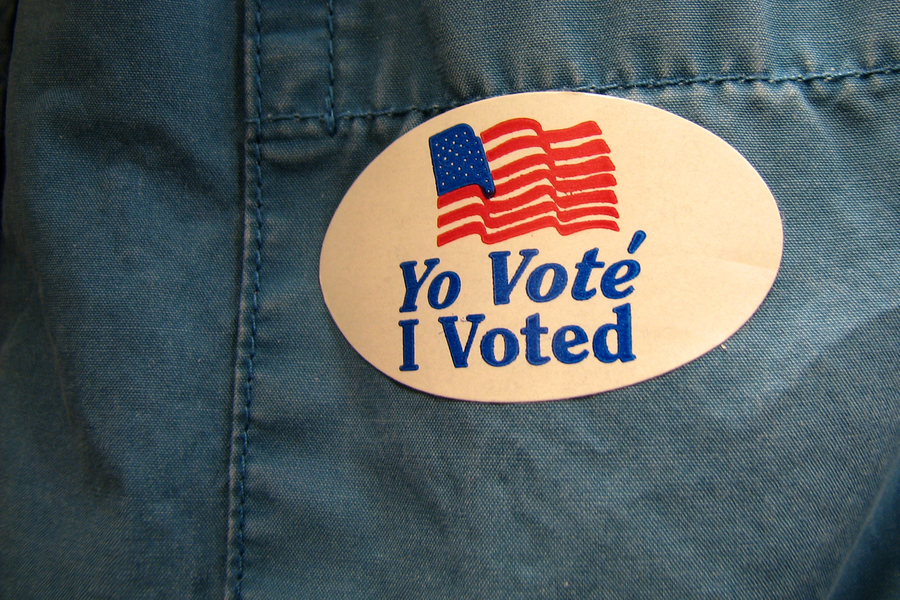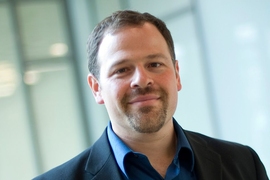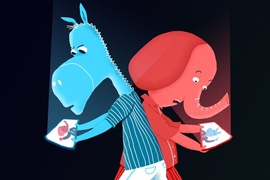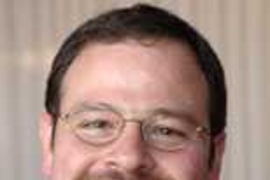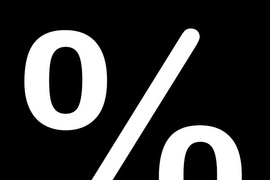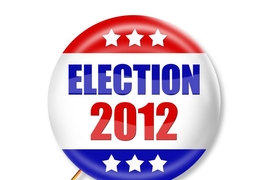As we approach Election Day 2020, all eyes are on polls — but how accurate are they?
A specialist in political behavior and public opinion, Adam Berinsky is the Mitsui Professor of Political Science at MIT and director of the MIT Political Experiments Research Lab. He is the author of “In Time of War: Understanding American Public Opinion from World War II to Iraq” (University of Chicago Press, 2009) and “Silent Voices: Public Opinion and Political Participation in America” (Princeton University Press, 2004). Here, he speaks on trusting political polls as well as the spread of misinformation in advance of Election Day.
Q: Pollsters predicted a Clinton win in 2016. Since the polls were wrong then, can people trust what they are seeing in the polls today?
A: First of all, the problems in 2016 were much less widespread than most people realize. The national-level polls then actually did a pretty good job of predicting the popular vote. They said Hillary Clinton would win by between 3 percent and 4 percent, and she did win the popular vote by 2 percent.
The real problem was that some of state polls were off — especially in key Midwestern states — and we don’t actually have a national election for president in the United States. Thanks to the electoral college system, we have a series of state elections, and the winner that emerges from those elections becomes president. In 2016, some states were under-polled for a couple of reasons, and that led to misjudgments about who would win the electoral college and thereby the presidency.
The 2016 election was also unusual in that it revealed a new pattern in American voting. In contrast to other recent presidential contests, the education level of voters proved a significant factor in determining the outcome of the election; low-education voters split from the highly educated to support Donald Trump more than they had backed previous Republican candidates. Since highly educated voters are typically over-represented in polls (they have proved more likely to answer surveys), this split led to an undercount of Trump’s supporters that year.
This education gap was a surprise in 2016, but today it’s being factored into how the polling results are reported. And, while it’s conceivable that a new cleavage could emerge this year, I think that’s unlikely. There’s a reason why pollsters use past trends to predict elections: Most of the time, it works.
Q: What is the best way for people to find trustworthy polling data and to interpret the findings that are reported?
A: The most important advice I can give is to look at all the polls, not just one or two. (I recommend poll aggregation sites Real Clear Politics, Pollster, and FiveThirtyEight.) Also, watch how particular polls trend over time. This is important not only because each poll represents a snapshot in time, but also because the accuracy of any poll relies largely on the skill of the pollster, who draws conclusions from the raw data derived by polling a sampling of voters. (Sampling is used because contacting everyone in the country is impractical; the reported margin of error reflects this built-in element of estimation.)
In a well-constructed scientific poll, the pollster takes several steps to get accurate results, including making adjustments for disparities between those polled and the known population (giving extra weight to the young people who responded, for example, if the pool of respondents skews older than the actual population — as often happens). Pollsters also employ modeling to make their best estimate of who among those polled is likely to vote (a calculation based on such factors as how interested the respondent is in the election and whether they voted in previous elections).
So, how can you get the most from the polling information you see reported? First, separate out the poll itself from the predictions that people like Nate Silver at 538.com or the staff at The Economist make from the polling data. An analyst might look at three polls, see Biden leading, and predict a Democratic win. But if you drill down and see Biden was only leading by 2 or 3 percentage points — a figure within the margin of error — then it’s clear the race is really too close to call.
Second, look at both the national polls and the state polls. National polls, which tend to be conducted more frequently, can give us a good picture about changes in the overall favorability of a particular candidate. (For example, in 2016, national polling showed steadily declining support for Hillary Clinton from mid-October through the end of the election.) But also pay attention to state polls. Fewer polls are conducted at the state level, but given that the election could come down to the results of a few key states, it’s important to see what is going on there.
Q: Your research has shown that misinformation often spreads faster than truth. Given the level of disinformation circling in this year’s campaign — particularly related to the security of the election process itself — can you recommend any counter-measures?
A: When I think of all the conflict and misinformation going on today, I try to remember that we have been here before as a nation. Politics in the early part of the 19th century was also rife with rumors and misinformation. In the 1830s, for example, presidential contests were marred by conspiracy theories and traded accusations of immorality, corruption, and misuse of power. That the United States survived this history suggests that there is nothing new here.
However, that doesn’t mean that we should simply shrug our shoulders at what’s going on today. We need to think about the role that politicians can play in making things worse, and we need to take responsibility for whom we put in power. That’s because it’s the job of our leaders to stand up and challenge unsubstantiated rumors and outright falsehoods. When one leader becomes a demagogue, others need to take action.
When a candidate says the election is rigged — before it’s even taken place — other leaders need to stand up and rein in that misinformation. That includes not just members of the opposing party, but politicians from across the political spectrum. If you have a contested election, and the loser accepts the verdict with the knowledge that he or she could be the victor next time, that’s democracy at work. But it’s incredibly dangerous when a candidate asserts that whatever happens, if he doesn’t win that means the system is corrupt.
Spreading rumors and misinformation is not just a Republican problem, however. Today we are seeing conspiracy theories on both sides being amplified by politicians and then picked up by the mainstream media. Our leaders can choose to whip up conspiracy theories or tamp them down.
Arguably, the political parties could do more to create saner messaging. They have the power to say, “Even if we can win with this guy, maybe we shouldn’t.” Broadcast television and social media also have roles to play, because they spread information through the masses. But politicians have tremendous power to lead and to shape that information, and voters need to remember this when they head to the polls — in this and every election.
